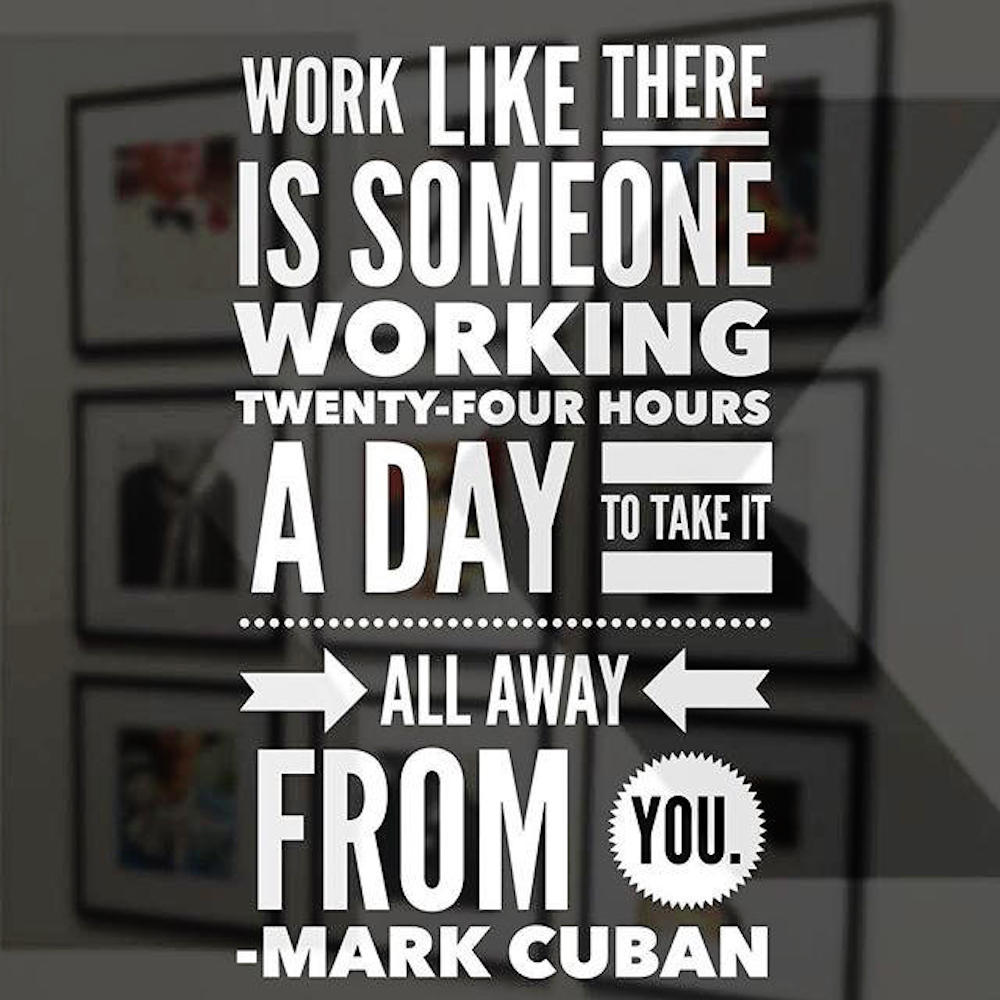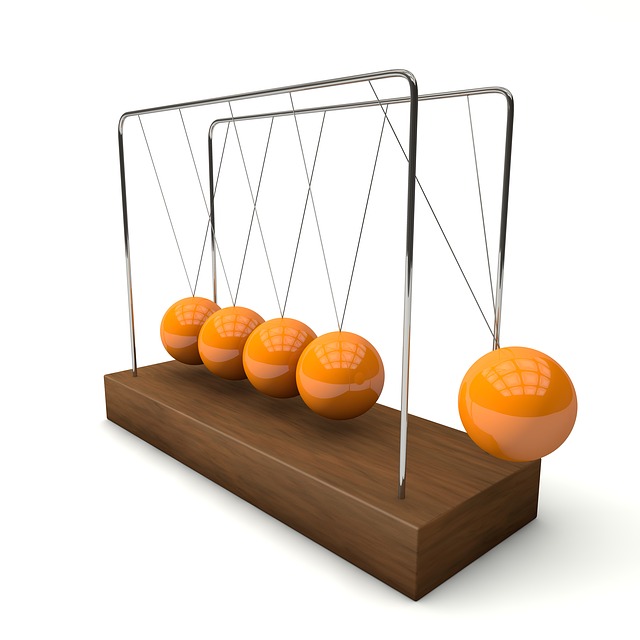The New Year brings new hopes and dreams. The outlook always looks better in January with the past in the rear view. For too many people, this optimism towards their goals fades at around March.
Then 2021 becomes the year it’s all supposed to happen.
This isn’t meant to be negative. It’s the scenario most people go through. If you don’t want to be in the same scenario most people find themselves in, you have to think and act differently from most people.
No one gets goals just by declaring them. The people who do achieve their goals put in so much behind-the-scenes work.
It is good to challenge yourself each year and set bigger goals. But how do we end up accomplishing these goals?
The key to accomplishing your goals is to break them down into quarterly, monthly, weekly, and daily actions. The more you break down the goal, the more check points you have leading up to your goal.
One of my goals is to qualify for the Boston Marathon so I can run it in 2021. I have to break 3 hours just to submit an application. Running a 2:55:00 or better is almost a guarantee so I’m going for a sub 2:50 marathon.
I run my first marathon towards the end of March. I have three months to build up my body to be fit enough to run a sub 2:50 marathon. I run another marathon in August which would be my last chance to qualify for the 2021 Boston Marathon, so I want to get it done in March so I can check it off.
I know what types of workouts I want to run leading up to the marathon. Each week, I build up so I can run the types of workouts that I want to run.
From a self-publishing standpoint, I set a goal to publish a new book every two weeks. That means writing at least 1,000 words per day and turning most of those days into 2,000 and 3,000 word days.
It’s one thing to say I want to make X amount of dollars or hit Y time for my race. It’s another thing to figure out what actions you have to take each day to make those goals happen.
One of the reasons people don’t accomplish their New Year’s resolutions is because they search for the instant gratification.
If you want to double your revenue next year, understand that on January 1st and perhaps for most of January, you still have 2019’s business model in place.
It’s only after you take the right actions each day where you have the 2020 business model in place that will actually double your revenue. It’s only through the action taking where you get to see what’s going right, what’s going wrong, and what you need to modify.
On January 1st, don’t expect the drastic changes to already take place. If you averaged $20/day from your side hustle, you were still averaging $20/day when the clock hit midnight and 2020 entered into our lives.
If you stick with your 2020 Goals, you won’t see the big changes in January. It’s going to be around the end of the first quarter where you start to see you are moving in the right direction. It’s going to be the second quarter where momentum starts picking up and the results are a lot more obvious. It’s going to be the third and fourth quarters where you’ve achieved your biggest 2020 goals.
You can accomplish some of your 2020 goals sooner. While qualifying in the Boston Marathon is a 2020 goal of mine, I can accomplish it in March. With that said, I’m in my 8th year of running so it’s not like I’m going from never running a mile in my life to wanting to qualify for the Boston Marathon.
Patience is vital. Trust yourself past January even if the results aren’t easy to see or if things have barely changed.
The way YouTubers make it on YouTube is how you accomplish your New Year’s resolutions. The way most YouTubers makes it is by creating a ton of content without people noticing them. They then learn how to optimize their videos for watch time and clickthrough rate which helps a little bit, but for the most part, some people still don’t notice them.
Even then, these YouTubers continue to refine their content and start to build a small audience. Then, one video takes off and the rest is history. One YouTuber I follow made nothing from his channel in Q1 2019 and very little in Q2 2019 only to have multiple 5-figure months to close out Q4 2019.
That’s what happens when you stick it out and not get discouraged by initial results. The 2020 goals you set require you to get better than you already are. I’m not getting in the Boston Marathon with my 2019 marathon times. I’m going to get into that marathon with my 2020 marathon times. To hit the 2020 marathon times, I have to approach running and my workout routine differently from how I approached it in 2019.
You are still 2019 you right now. You have to become the type of person who can accomplish the big goals you set for yourself.
I’d love to hear what your 2020 goals. You can also join us in the Breakthrough Success Facebook Group where we all keep each other accountable to our goals.












